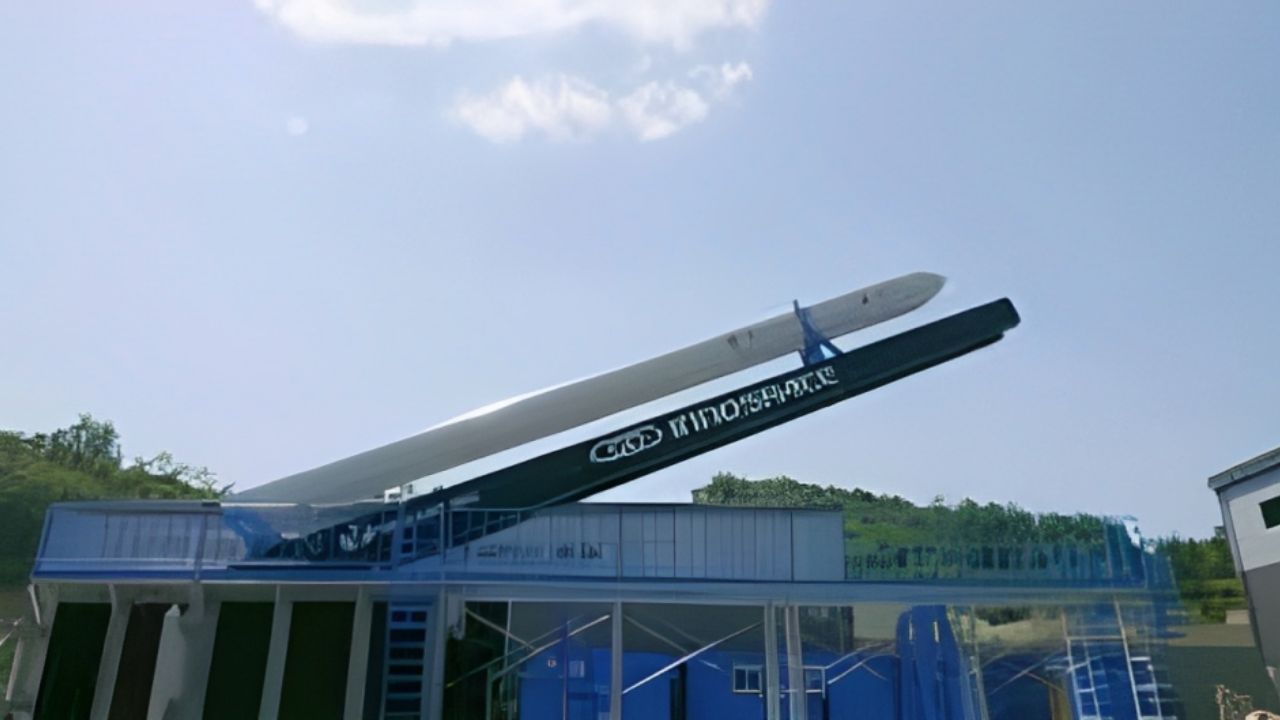In a significant development that underscores the growing global interest in space exploration and commercial satellite deployment, South Korean aerospace company INNOSPACE has recently signed a groundbreaking contract to conduct orbital rocket launches from the remote region of north-east Arnhem Land. This unprecedented collaboration between an international private firm and an Australian territory heralds a new era in space technology and international cooperation, raising questions about the implications for both the space industry and the indigenous communities of the region.
The Contract and its Implications
The contract, which marks a milestone for both INNOSPACE and Australia’s space industry, permits the South Korean company to utilize a designated launch site in north-east Arnhem Land for its orbital rocket launches. The agreement signals a clear strategic move by INNOSPACE to leverage the advantageous geographical position of the launch site, which offers a favorable trajectory for launching satellites into various orbits. The South Korean firm, like many others in the industry, recognizes that a suitable launch location can significantly enhance mission efficiency and payload capacity.
The partnership between INNOSPACE and the Australian government has prompted debates surrounding economic benefits, environmental impact, and regulatory considerations. Proponents argue that this collaboration will stimulate economic growth in the region by creating jobs, fostering technological innovation, and potentially attracting other aerospace companies to set up operations. The contract could also elevate Australia’s position in the global space industry and encourage further investment in its emerging space ecosystem.
Environmental Concerns and Regulatory Framework
However, the project has sparked concerns among environmentalists and indigenous groups. North-east Arnhem Land is ecologically diverse and culturally significant, being home to several indigenous communities with deep-rooted connections to the land. Environmentalists fear that increased industrial activity in the area might harm delicate ecosystems and disrupt local wildlife. They emphasize the need for comprehensive environmental impact assessments to ensure that the project aligns with sustainable practices and conservation efforts.
Indigenous communities in the region have expressed mixed sentiments about the contract. While some view it as an opportunity for economic development and job creation, others worry about the potential encroachment on their ancestral lands and sacred sites. These concerns highlight the broader issue of balancing economic development with cultural preservation and the need for inclusive consultation processes that respect indigenous rights and values.
To address these concerns, the Australian government must establish a robust regulatory framework that encompasses environmental protection, cultural heritage preservation, and safety considerations. Stringent regulations can ensure that the space operations do not compromise the unique ecological and cultural landscape of north-east Arnhem Land. Collaborative efforts involving the government, INNOSPACE, indigenous communities, and environmental experts are crucial to strike this delicate balance.
also read this : California’s Immigrant Storm Relief Funding: Addressing Vulnerabilities and Ensuring Inclusivity
Global Space Industry Trends
The collaboration between INNOSPACE and Australia reflects broader trends in the global space industry. With the commercialization of space gaining momentum, private companies are increasingly taking center stage in satellite deployment, orbital exploration, and even lunar and Martian missions. This shift has redefined the space landscape, challenging traditional models dominated by government agencies.
INNOSPACE’s decision to partner with Australia underscores the importance of international collaboration in the space sector. The cross-border nature of space exploration demands close cooperation among countries, as launching from one nation’s territory might require resources, expertise, or strategic advantages available elsewhere. Such collaborations can facilitate knowledge exchange, enhance technological capabilities, and promote diplomatic ties.
Future Possibilities and Ethical Considerations
As the contract between INNOSPACE and the Australian government unfolds, it opens the door to potential future developments. The success of this partnership could encourage other countries and private companies to seek similar arrangements, further blurring the lines between national and international space initiatives. This scenario presents both opportunities and challenges. While enhanced cooperation can accelerate space innovation, it also necessitates careful consideration of intellectual property rights, security concerns, and ethical implications of space activities.
In conclusion, the contract signed between South Korean company INNOSPACE and the Australian government to launch orbital rockets from north-east Arnhem Land marks a significant stride in the evolution of the global space industry. This landmark collaboration showcases the potential benefits of international partnerships in expanding space exploration, technology, and innovation. However, it also brings to the fore critical questions about environmental sustainability, indigenous rights, regulatory frameworks, and the ethical dimensions of space activities. The outcome of this endeavor will undoubtedly set a precedent for future international collaborations in the rapidly evolving realm of space exploration.



